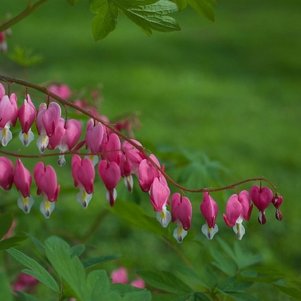 I love spring. One day it’s summer and next it’s winter. Spring is a promise of the future with setbacks along the way. Unlike autumn, which foreshadows decline, cold, and rest, spring predicts growth, warmth, and activity. Although we are confident of summer’s eventual arrival, spring’s erratic behavior tests our patience for change. Just when last year’s perennials push through wet soil and reach for warming sun, April blankets their growth with winter snow. Yet, they survive. Crocuses are among the first of these flowers to appear in south-central Wisconsin. Frost retarding fluids flow through the flower’s stem to protect blossoms from cold.
Sugar Maple sap serves a similar purpose. Warm days and cold nights are necessary to get sap started and to keep it flowing. Collection of the tree’s sap and production of syrup is a hallmark of spring. Without temperature reversals, we wouldn’t enjoy this sweet promise of spring. We have a similar sap that flows within us. We endure personal setbacks, and grow through what blocks our growth based on our attitude about change. Patience is the sap that enables us to grow and achieve the sweet promise of our future. When we are patient we manage change based on a positive vision of the future. We see personal setbacks as practice (learning experiences) for changed behaviors rather than failure. When we appreciate life as practice toward desirable outcomes, we are optimistic about the future. Optimism is critical to manage change. I’ve been called a chronic optimist. I think of myself as a practical optimist. I know when to quit, but I usually try to succeed additional times, just like spring. So here I sit writing an article about spring that ended in June. I intended to publish this essay in March. I missed my self-imposed deadline for Father’s Day as well. I seek to be trending as writers on Twitter are advised to be. Trending and reversals, however, are coexisting themes in my life similar to the advance and retreat of Sugar Maple sap. Just like spring, setbacks are part of the normal process of personal change. Prochaska, J. O. and DiClemente, C. C. (1984), in The Transtheoretical Model of Change report that six to eight attempts to change are necessary before we make a significant change in our lives such as quitting smoking. How many of us abandon attempts to change a behavior before we try to change six or more times? In 2016 in Madison, Wisconsin winter conditions returned 21 days before summer arrived. (Defined as daily lows of 32 degrees Fahrenheit or less from March 20, 2016 through June 1, 2016. Source: https://www.wunderground.com/). Think of spring as practice for change to summer rather than failure. How are you challenged by setbacks in your life? How many times will you practice to achieve a desired change before you succeed? Are you optimistic about your eventual success? How will you find patience to manage your spring of change to achieve the summer of your desires? If this essay is meaningful, please like or tweet below or leave a comment. Thank you for your interest and possible action you may take. Richard Wilberg, MS, PLCC, ACC Life Coach for Personal Fulfillment and Career Success
0 Comments
Your comment will be posted after it is approved.
Leave a Reply. |
About the AuthorI write personal essays, creative non-fiction, flash fiction, and self-development articles from my home in Madison, Wisconsin.
Archives
May 2023
Categories
All
|


 RSS Feed
RSS Feed